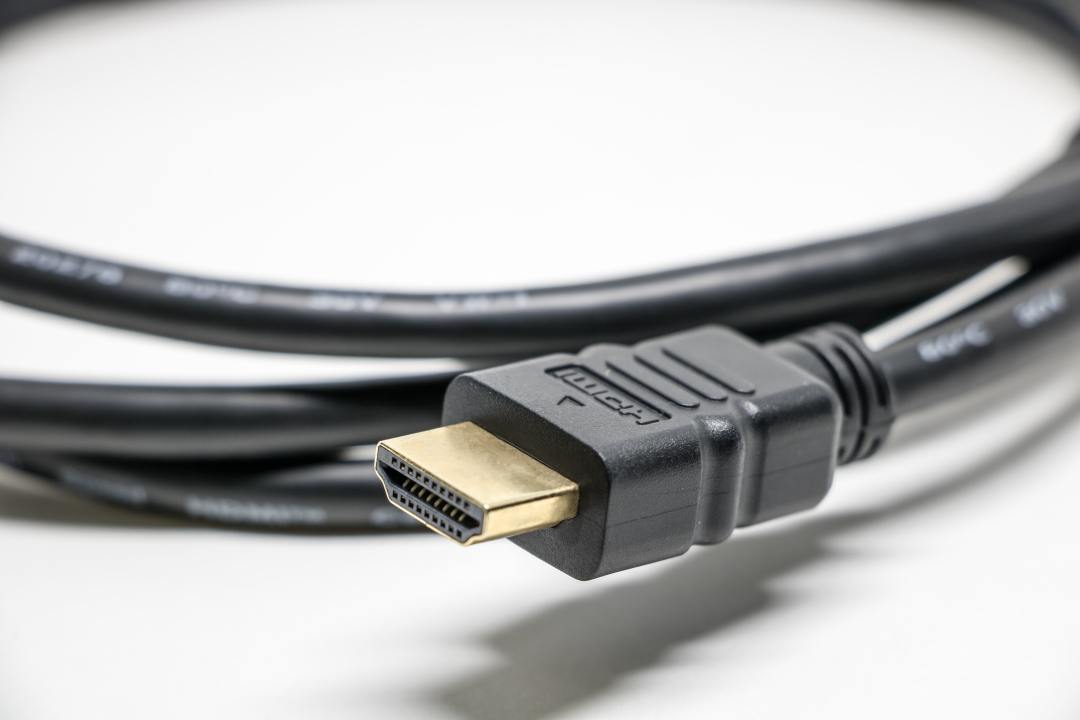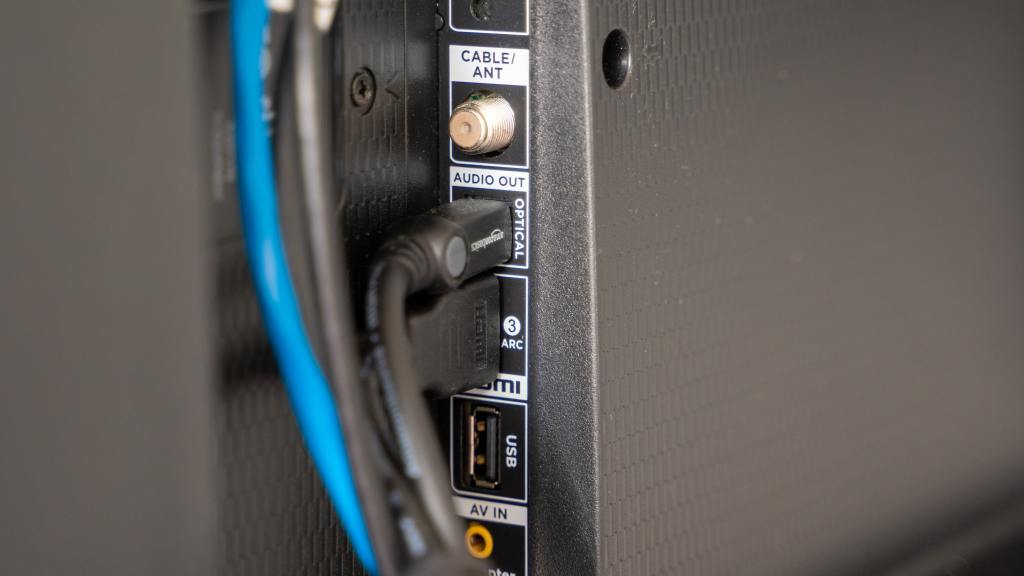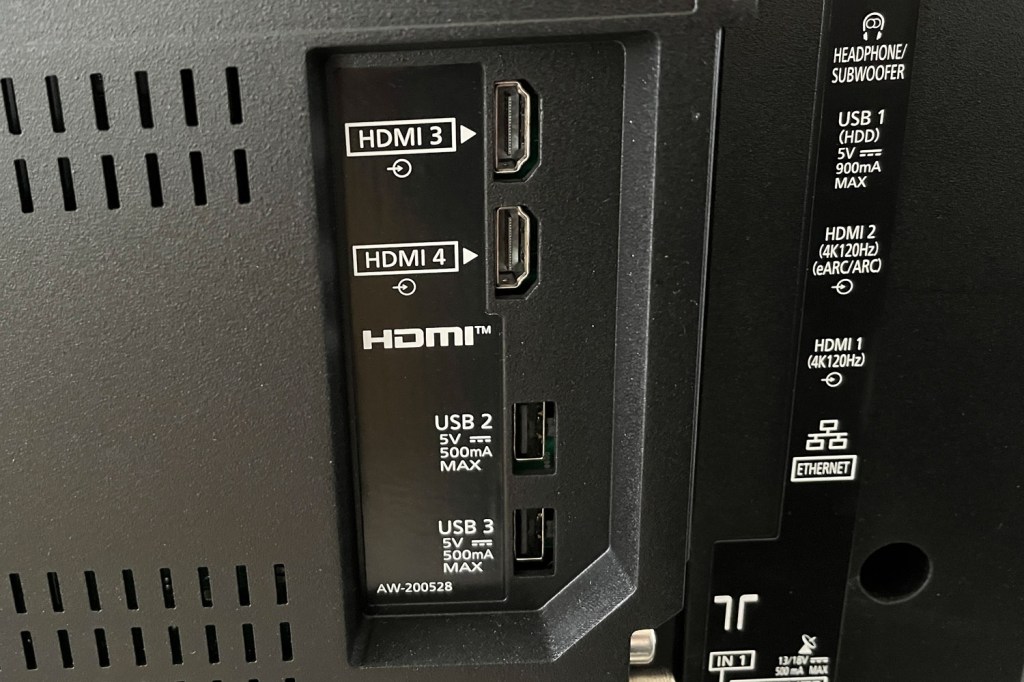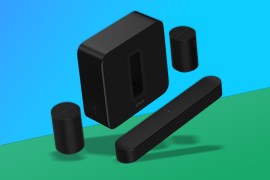What are ARC and eARC? HDMI Audio Return Channel explained
Get a better sound signal for your TV audio system with just an HDMI cable and ARC or eARC

Once you’ve got your new TV out of the packaging, you’ll no doubt spend some time studying the inputs on the back. You’ll work out which cable goes in where, and may have noticed that one of the HDMI ports is a little different to the rest. That’s an ARC port, if your TV supports it, and it’s often found on the second HDMI port.
ARC stands for Audio Return Channel. It was introduced in the HDMI 1.4 specification back in 2009. And it enables your TV to send audio data to a compatible soundbar, AV receiver or other sound system using an HDMI cable.
There’s an enhanced form too, called eARC. This arrived in HDMI 2.1, requires a cable with Ethernet support, and offers greater bitrates for 24bit Dolby Atmos soundtracks and the like.
When you think about it, it makes a lot of sense. We’re used to HDMI ports being pure inputs. But the HDMI standard is a bundle of protocols that do more than just transmit sound and video in one direction. And ARC can turn a port into an output too. The HDMI interlink has more bandwidth than the optical TOSLINK cables. This enables it to transmit uncompressed audio with more channels. It saves having to faff around with lots of different cables too. As anyone who ever set up an analogue 5.1 system will appreciate.
What does ARC mean?

Using ARC means a single-cable connection between your TV and soundbar. It sends the audio from tuners, built-in apps and other HDMI sources to your external amp and speakers. And it beats TOSLINK on both bandwidth and features. While the older optical cables are convenient and really good for stereo sound, they can only manage compressed 5.1 channel audio. They have no innate capability to send information back to the TV. The original ARC spec fixes some of the issues. But even with more than twice the bandwidth it can’t carry uncompressed 5.1 or 7.1 audio. And things like uncompressed Dolby Atmos are out of the question. It can, however, cope with the compressed Atmos soundtracks used by streaming apps such as Netflix.
What ARC also brings to the party is two-way communication between the TV and sound system. Thanks to CEC (Consumer Electronics Control) being bundled in with HDMI since version 1.0. Some companies like to give this their own name, such as Bravia Link from Sony or LG’s SimpLink). So you can use one remote to control multiple devices. Perhaps using the TV remote to adjust the volume on a soundbar. It includes lip-sync compensation. So you’ll be able to adjust the audio delay if the sync is out, while some devices support automatic syncing. Not all manufacturers implement all ARC features, though. So it’s worth checking precisely what a particular device supports when you buy it.
Do I need a special cable?
You can use any HDMI cable to connect with ARC, the one that came in the box with the TV will do fine. That’s because features like high-bandwidth and built-in Ethernet aren’t needed for basic ARC. It should work automatically when plugged in. The linked devices being able to discover each other is part of the specification. You may, however, need to delve into the TV’s sound settings menu to set the new soundbar as the default output device instead of the TV speakers. CEC may need to be enabled too.

And as the HDMI interface has evolved, ARC has seen improvements too. The new eARC protocol, which requires an HDMI 2.1 interface and a high-speed cable with Ethernet, has 37 times the bandwidth. This opens up uncompressed 7.1, Atmos, TrueHD, Master Audio and DTS:X soundtracks. An eARC connection can carry up to 32 channels of audio. This should be able to feed even the most complete speaker collection. All devices in the chain need to be compatible, including the cable, otherwise the system will fall back to standard ARC.
Check your cables
It’s worth keeping on top of the standards your HDMI cables support. They all look identical, and using an older cable when you want to use HDMI 2.1 features is an easy way to obtain a lacklustre experience. Using eARC also automates the CEC process, so you won’t have to do any poking around in menus.
The downside of all this is that an ARC connection takes up one of your HDMI ports. And yes, it could otherwise be used as an input for an extra games console, Blu-ray player or satellite box. ARC’s CEC can also do unexpected things, making controlling all your kit with one remote a less-than-smooth process. The eARC upgrades fix this to an extent. I if you can supply it with the unbroken chain of certificated devices it needs, is the simplest way to bring high-quality audio to your living room.



